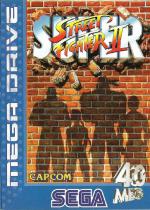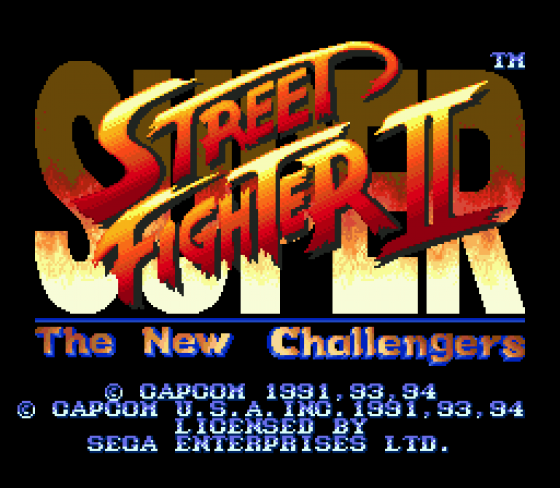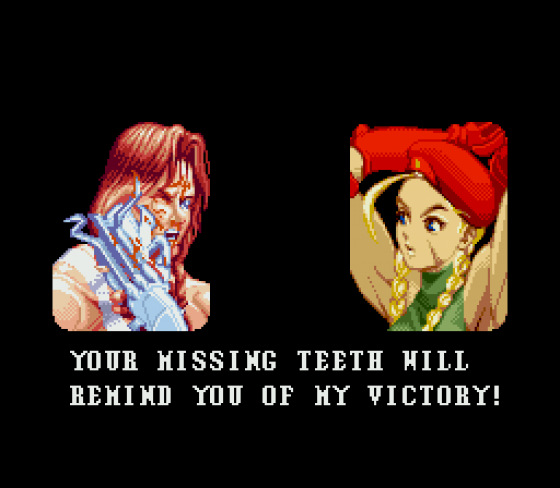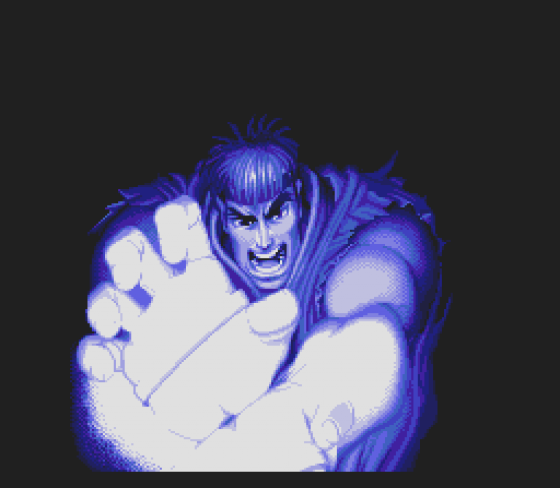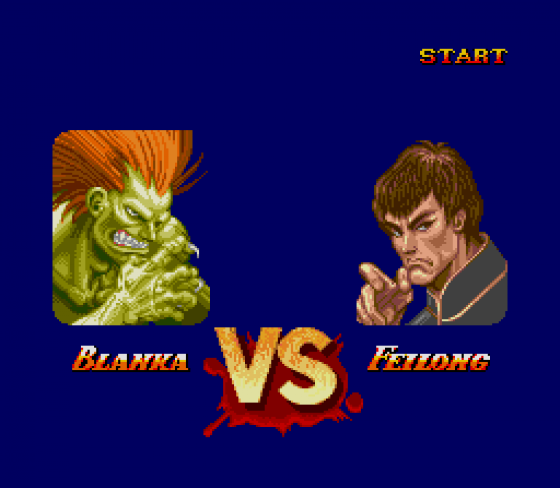
Future Publishing
 1st September 1994
1st September 1994
Super Street Fighter II
Love it or loathe it, you simply can't ignore it. With their irrepressible Street Fighter series, Capcom have almost monopolised the one-on-one beat-'em-up genre. Other beat-'em-ups may look and sound better than Capcom's efforts, but none of them 'feel' as good to play. And Capcom are well aware of this - worldwide sales of ten million SFII units is a pretty good indication that they've done something right.
So what do they do after scoring with SFII? They don't produce a Street Fighter III, that's for sure - when you've got a proven formula like SFII, making wholesale changes is far too risky. Instead, they enhance the original game. Enter a procession of 'upgraded' SFIIs: Street Fighter II Championship Edition, Street Fighter II Turbo Hyper Fighting, Super Street Fighter II and, of course, Super Street Fighter II Turbo.
It would be logical to assume that interest in Street Fighter II would have waned by now. But, surprisingly, the apparently endless parade of Capcom siblings doesn't seem to have reduced public demand in the slightest. The fact is, people still want to play SFII on their consoles, and the cachet involved in owning the latest Super Street Fighter II game, rather than the suddenly passe previous version, provides a powerful enough pull to keep the punters coming back for more.
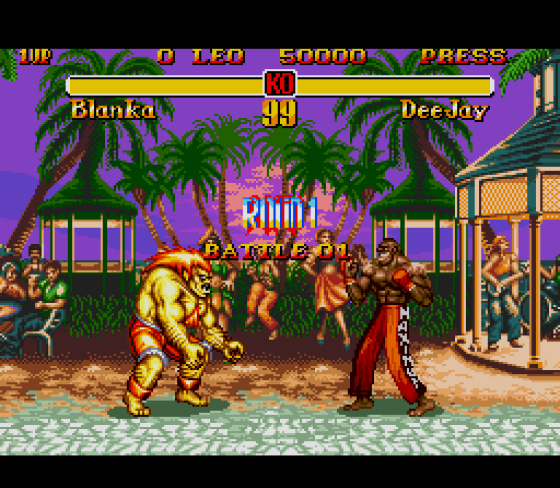
Super Street Fighter II, released for both SNES and Mega Drive, is the latest incarnation. Judging by the way it's selling in some import shops around the country, it could be the most successful version of the game yet, and the biggest cash cow for Capcom since the original console conversion appeared on the SNES.
This Mega Drive version weighs in at a hefty 40 megabits, which is all well and good in theory, but does Super Street Fighter II look and sound like a 40 Mbit cartridge? Not quite. The tunes, speech and samples are all laughably weak, some of the backdrops look distinctly pixelated, and the definition isn't as high as it could have been - even on a Japanese SCART machine. So where did those extra megabits go? For once, they were used to improve what is arguably the most important aspect of any game - playability.
Capcom have bolted on lots of innovative features to make the game even more appealing to Street Fighter II fans. Firstly, they've added four completely new characters: Dee Jay, the ever-smiling, maraca-playing Jamaican; Cammy, the freckle-faced, pigtailed English rose, who has joined the tournament to prove to the world that Chun Li isn't the strongest - or prettiest - female fighter around; Thunderhawk, who fights out of Mexico and is the biggest and strongest of the new characters; and Fei Long, from Hong Kong, who's the smallest and weakest fighter in the entire game, but makes up for his unprepossessing physique with excellent martial arts skills and devastating speed.

These four characters alone would make Super Street Fighter II a worthwhile investment for most self-respecting Street Fighter aficionados. But there's more: to make the game even more appealing, some of the original characters get new moves. Ken now has a Flaming Dragon Punch, which, if timed correctly, can score four direct hits in rapid succession. Not to be outdone, Ryu gains a new fireball which burns and stuns his opponents. Blanka gets a new Beast Roll which opponents find extremely hard to avoid, and the lumbering Russian, Zangief, acquires numerous extra throws and holds.
As well as adding extra characters and moves, Capcom have made some of the old moves easier to pull off. To execute Chun Li's fireball, for example, you simply move back, step forward, and then press punch. It's improvements like these - which seem trivial at first but have a real effect on the way the game plays - that make which is arguably the most playable beat-'em-up ever even more accessible to grandmasters and virgin street fighters alike.
Capcom have also given the game five different play modes: Super, Tournament, Challenge, Group Battle and Versus, all of which contribute towards an excellent beat-'em-up package. Sadly, there's no sight of the 'Turbo' feature, but there is a game speed facility which just about makes up for that.
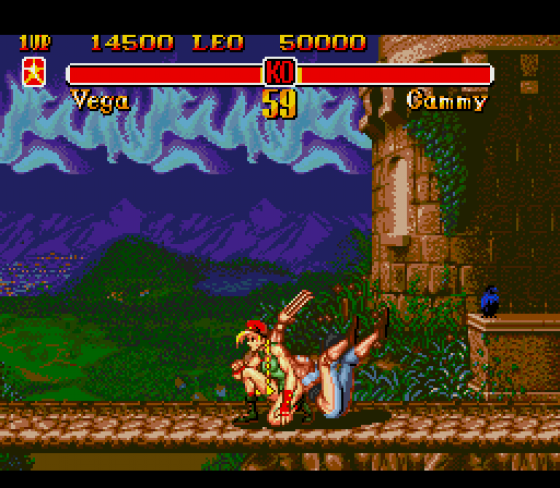
Basically, this is Street Fighter II with huge knobs on. In terms of sound and visuals it can only be described as average; but you can forgive it any weaknesses in those departments because it gains huge strength from its exceptional playability. You wouldn't have thought that a few extra characters and additional moves would be enough to place this on a higher pedestral than its predecessors, but they are. Despite its disappointing aesthetic deficiencies, Super Street Fighter II is possibly the best beat-'em-up ever.
Modes
Capcom have included five play options in the Mega Drive package. The first one, Super, is basically the one-player arcade game with all the Super additions. The second, Tournament, allows up to eight players to battle it out for the Street Fighter II crown. Next, there's the Challenge option, consisting of Time Challenge and Score Challenge. In Time Challenge, you have to kill your opponent as quickly as possible, and then try to beat your best time; in Score Challenge, you have to see how many points you can score in any one round.
Both will keep single players amused for some time. In the Group Battle option, two players choose up to four characters each; the object is to beat all your opponent's fighters without losing all yours first. And, lastly, there's Versus mode, the traditional two-player game which put Street Fighter II on the map.
Other Reviews Of Super Street Fighter II For The Sega Mega Drive (EU Version)
Super Street Fighter II (Capcom)
A review

